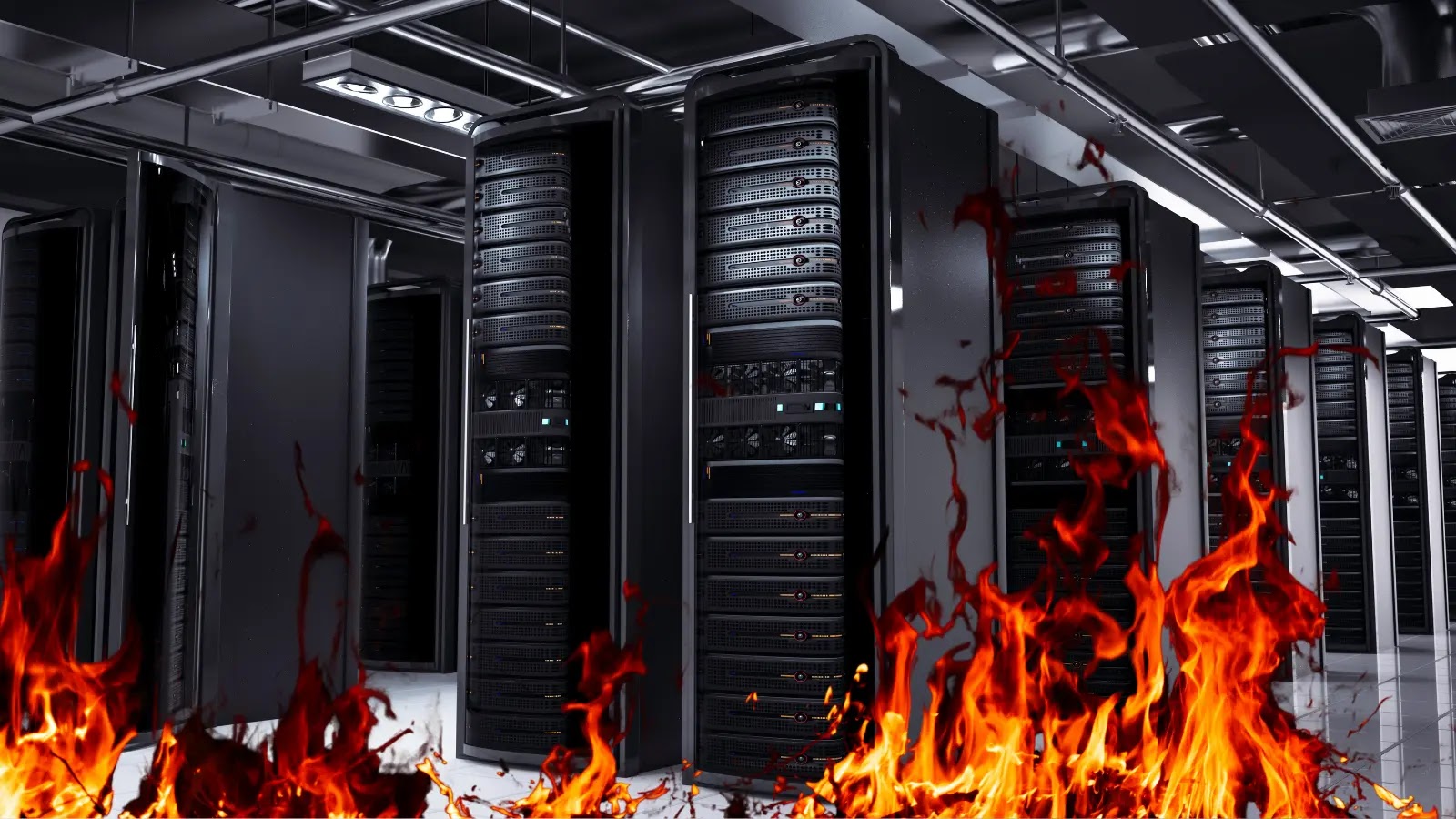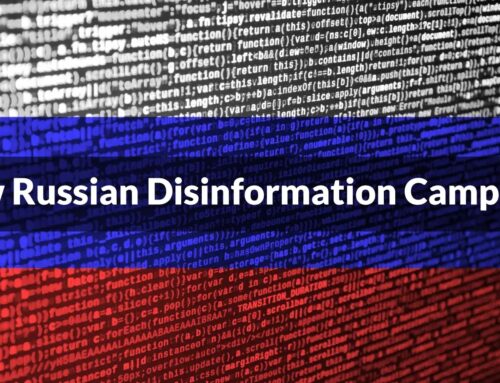
DataCenter Fire Takes 600+ South Korean Government Websites Offline
Imagine a nation where daily life grinds to a halt. Postal services, banking, even critical government communications – all suddenly inaccessible. This isn’t a scene from a dystopian novel; it was the chilling reality for South Korea recently, triggered by a single, catastrophic event: a datacenter fire. This incident serves as a stark reminder of our increasing reliance on digital infrastructure and the vulnerable underbelly of even the most technologically advanced societies.
The Ignition Point: A Lithium-Ion Battery Explosion
The recent crisis in South Korea originated from a critical infrastructure failure at the National Information Resources Service (NIRS) facility in Daejeon. The root cause? A lithium-ion battery explosion. This incident, which began on a Friday night, quickly escalated, impacting over 600 essential government services and throwing daily routines into disarray for citizens across the highly digitized nation.
Lithium-ion batteries, while ubiquitous in modern technology due to their high energy density, are not without their risks. Thermal runaway, a process where an increase in temperature leads to further temperature increases, can occur if a battery is damaged, overcharged, or subjected to extreme conditions. This can result in fire, explosions, and, as witnessed in Daejeon, widespread collateral damage to critical infrastructure. The specifics of the battery affected are not linked to a particular CVE, given it was an environmental incident rather than a software vulnerability.
Widespread Disruption: The Domino Effect of a Datacenter Outage
The immediate aftermath of the datacenter fire was nothing short of a digital blackout for a significant portion of South Korea’s public services. Systems for postal banking, various administrative functions, and numerous government websites became inoperable. This incident underscores the interconnectedness of modern digital ecosystems. A single point of failure within a critical datacenter can cascade, crippling multiple, seemingly unrelated services.
The impact extended beyond mere inconvenience; it challenged the very notion of a fully functioning digital society. Citizens accustomed to seamless online interactions found themselves unable to complete essential tasks, highlighting the profound dependency on robust, resilient datacenter operations.
Lessons Learned: Fortifying Datacenter Resilience
This South Korean incident offers invaluable lessons for organizations worldwide, particularly those managing critical infrastructure. The focus must extend beyond traditional cybersecurity threats to encompass physical security and disaster preparedness. Datacenter resilience, or the ability to withstand and recover from significant disruptions, is paramount.
- Redundancy Planning: Implementing geographically diverse datacenters with real-time data replication is crucial to ensure business continuity even if one facility is compromised.
- Advanced Fire Suppression Systems: Investing in state-of-the-art fire detection and suppression technologies, specifically designed for battery storage and critical IT environments, is essential.
- Battery Management Protocols: Strict protocols for the storage, maintenance, and end-of-life management of lithium-ion batteries are necessary to mitigate explosion risks. This includes regular inspections, temperature monitoring, and proper disposal.
- Incident Response and Recovery Plans: Comprehensive and regularly tested incident response plans are vital to rapidly minimize damage and restore services following a disaster.
- Supplier Audits: Thoroughly vetting datacenter infrastructure suppliers and ensuring they adhere to stringent safety and quality standards, especially concerning power systems and battery backup units.
Remediation Actions: Preventing Future Catastrophes
While the immediate focus in South Korea will be on restoring services, the long-term remediation must center on preventing a recurrence. Organizations operating critical datacenters should consider the following actionable steps:
- Thermal Monitoring and Alerting: Implement comprehensive thermal monitoring systems within datacenter environments, particularly in areas housing battery backup units. These systems should provide real-time alerts for abnormal temperature fluctuations.
- Battery Room Isolation: Designate isolated, fire-resistant compartments for battery storage to contain potential thermal runaway incidents and prevent them from affecting other critical infrastructure.
- Regular Safety Audits: Conduct frequent, independent safety audits of all power infrastructure, including UPS systems and battery arrays, to identify and address potential vulnerabilities before they escalate.
- Emergency Power Down Procedures: Develop and regularly practice clear, efficient procedures for emergency power shutdowns in the event of a fire or other critical incident.
- Supply Chain Resilience: Evaluate the resilience of the datacenter’s power supply chain, including the sourcing and maintenance practices for all battery-powered devices and systems.
Conclusion
The South Korean datacenter fire is a sobering illustration of how a single point of failure can trigger widespread societal disruption. It underscores that cybersecurity extends beyond digital defenses; it encompasses the physical integrity and resilience of the infrastructure that underpins our interconnected world. By prioritizing robust redundancy, advanced safety protocols, and comprehensive disaster preparedness, organizations can significantly mitigate the risks of similar catastrophes and safeguard the continuity of essential services in an increasingly digitized global landscape.





